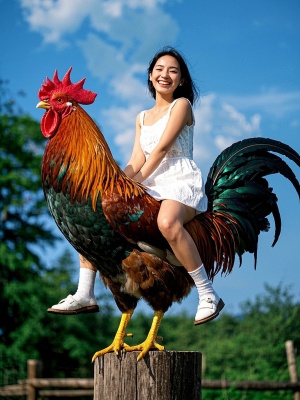The Art and Craft of Portrait Painting: A Timeless Tradition
Introduction: The Enduring Allure of Portrait Painting
Art portrait painting has captivated audiences for centuries, serving as a powerful medium to capture human emotion, personality, and history. From Renaissance masters to contemporary digital artists, portrait painting continues to evolve while maintaining its fundamental purpose: to immortalize the human essence on canvas. Whether you're an aspiring artist or an art enthusiast, understanding the depth of portrait painting can enrich your appreciation for this timeless art form.
The Historical Evolution of Portrait Painting
From Ancient Roots to Modern Masterpieces
The tradition of portrait painting dates back to ancient Egypt, where funerary portraits preserved the likenesses of the deceased. The Renaissance period marked a turning point, with artists like Leonardo da Vinci and Rembrandt elevating portrait painting to new heights of realism and psychological depth. Today, modern techniques including AI-assisted painting are creating exciting new possibilities for portrait artists.
Key Historical Periods in Portrait Art:
- Ancient Egyptian Fayum portraits (1st-3rd century AD)
- Renaissance portraiture (14th-17th century)
- Baroque emotional depth (17th century)
- Impressionist interpretations (19th century)
- Modern abstract portraiture (20th century)
- Contemporary digital portraits (21st century)
Essential Techniques in Portrait Painting
Mastering the Fundamentals
Creating compelling portrait paintings requires mastery of several key techniques. The portrait to art transformation process involves careful attention to proportions, lighting, and brushwork. Many artists begin with the "Loomis method" for head construction, ensuring accurate facial feature placement before adding detail.
Problem-Solution Matrix for Common Portrait Challenges
| Problem | Solution |
|---|---|
| Unnatural skin tones | Layer warm and cool tones, avoid pure white |
| Lifeless eyes | Add catchlights and subtle color variations |
| Flat facial structure | Study anatomical planes and value transitions |
| Stiff composition | Use dynamic angles and negative space |

The Digital Revolution in Portrait Art
Modern technology has transformed portrait painting, with tools like AI image transformation opening new creative possibilities. Digital artists can now experiment with styles ranging from classical oil painting effects to avant-garde interpretations. However, traditional skills remain crucial - even digital portraits benefit from understanding fundamental drawing principles and color theory.
Comparing Traditional and Digital Approaches:
- Traditional media offers tactile authenticity
- Digital tools provide unlimited experimentation
- Hybrid approaches combine the best of both worlds
- AI-assisted painting can enhance creative workflow
Conclusion: The Future of Portrait Painting
Art portrait painting continues to thrive as both a traditional craft and innovative art form. Whether created with centuries-old techniques or cutting-edge digital tools, portraits remain powerful expressions of human identity. As technology evolves, artists are finding new ways to push the boundaries of what portrait painting can achieve while maintaining the emotional resonance that has made this art form endure through the ages.

For those interested in exploring portrait art further, visit our online gallery to see contemporary interpretations of this timeless tradition. Additional resources about artistic techniques can be found at authoritative sources like Tate Museum and The Metropolitan Museum of Art.